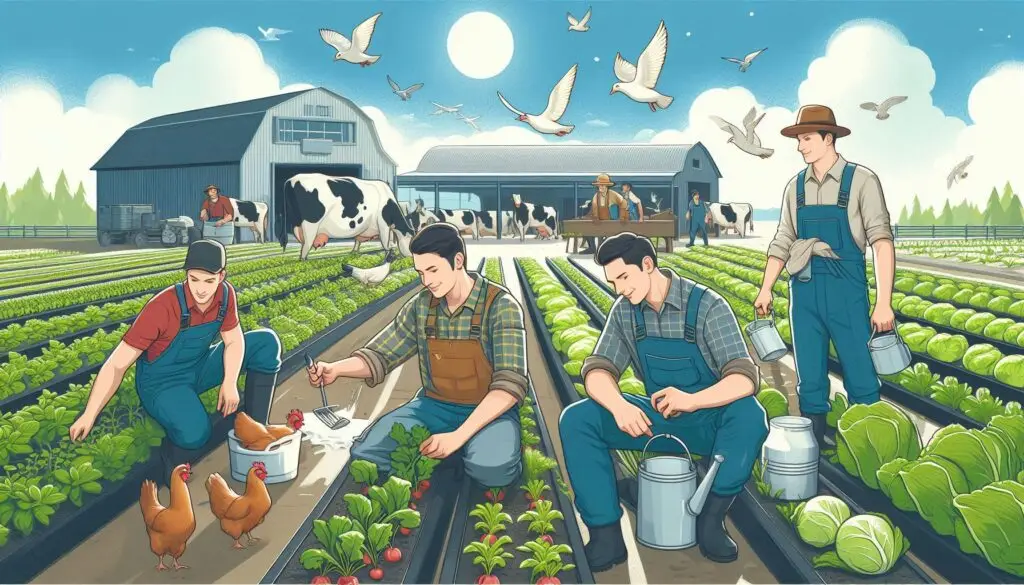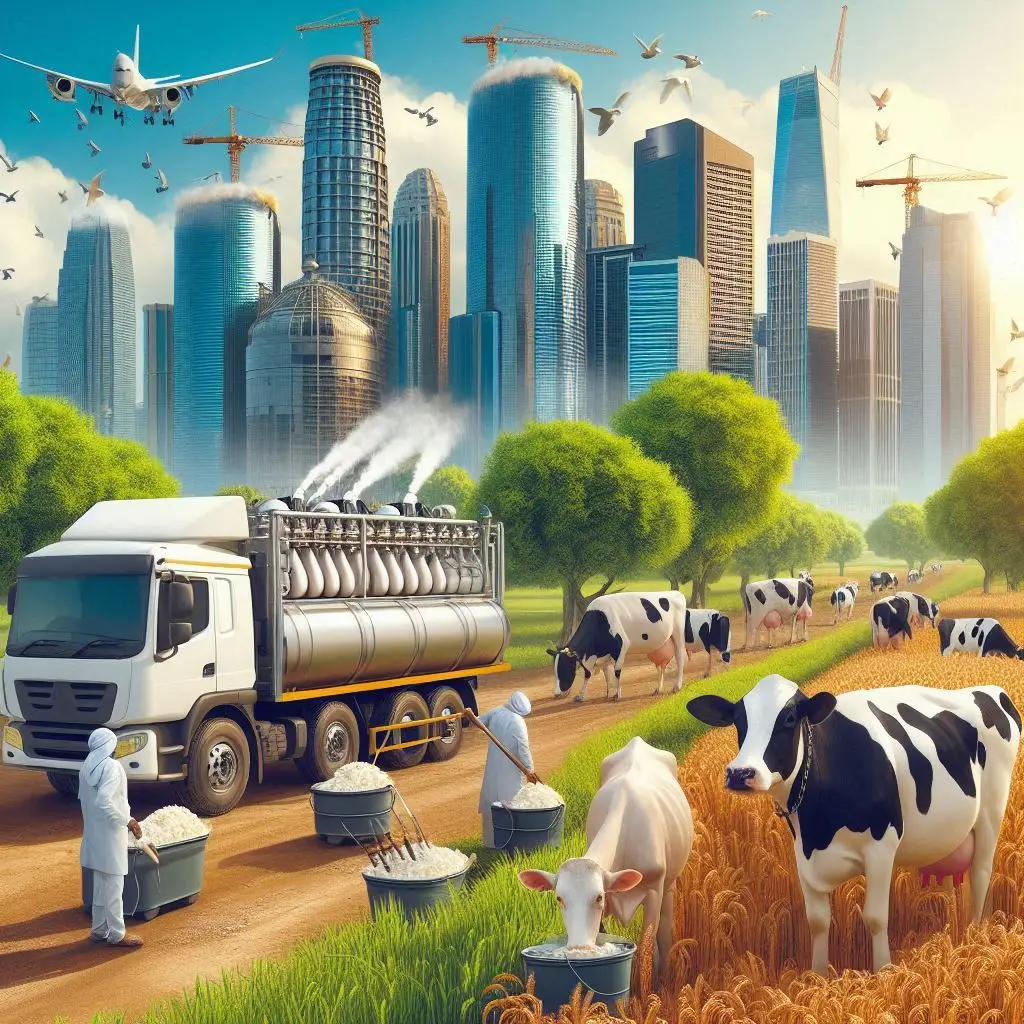Challenges of Dairying in Mixed Farming

Dairying is a significant agricultural practice worldwide. Many farmers adopt mixed farming systems to diversify their income sources. However, this approach has its drawbacks. Understanding these disadvantages can help farmers make informed decisions about their practices.
1. Specialized Skills Required
Mixed farming combines crop production and livestock management. This dual focus requires specialized knowledge in both areas. Farmers must understand animal husbandry principles and crop cultivation techniques. Without proper training, they may struggle to maintain livestock health or achieve optimal crop yields.
For more information on livestock management, visit University of Minnesota Extension.
1.1 Lack of Expertise
Many small-scale farmers may not have the expertise needed for both sectors. This lack of knowledge can lead to poor management practices, affecting productivity. For example, improper feeding or health care can reduce milk production and increase veterinary costs.
2. Increased Workload
Managing both crops and dairy cattle significantly increases a farmer’s workload. Farmers must balance tasks such as planting, harvesting, feeding animals, and milking cows. This can lead to long hours and physical exhaustion.
2.1 Time Management Challenges
Effective time management becomes crucial in mixed farming systems. Farmers often find it difficult to allocate sufficient time to each task. As a result, some activities may be neglected, leading to reduced productivity.
3. High Capital Investment
Starting a mixed farming operation requires substantial capital investment. Farmers need to purchase livestock, seeds, equipment, and infrastructure. This financial burden can be overwhelming for those with limited resources.
For insights into financing agricultural operations, check out Farm Credit Services.
3.1 Long-Term Financial Commitment
Investing in both crops and dairy means farmers are committed for the long term. They must ensure that their investments yield returns over time. If one sector fails—say due to drought or disease—the financial strain can be severe.
4. Disease and Pest Management Challenges
The close proximity of crops and livestock can facilitate the spread of diseases and pests between them. Farmers must constantly monitor both sectors for signs of trouble.
4.1 Integrated Pest Management (IPM)
Implementing Integrated Pest Management (IPM) strategies can help mitigate these risks. IPM focuses on sustainable practices that minimize chemical use while effectively managing pests and diseases.
For more on IPM strategies, see USDA National Institute of Food and Agriculture.
5. Market Risks
Farmers engaged in mixed farming face unique market risks. They must navigate the complexities of selling both crops and dairy products.
5.1 Price Volatility
Prices for milk and crops can fluctuate significantly based on market conditions. During periods of oversupply, prices may drop sharply, impacting profitability.
For an overview of market trends in agriculture, visit USDA Economic Research Service.
6. Location Issues
Dairy operations are often located far from urban centers where demand is high. This distance can lead to lower prices when selling milk or cattle to middlemen.
6.1 Transportation Costs
Transportation costs can further erode profit margins for farmers who need to move their products over long distances.
7. Resource Competition
In mixed farming systems, crops and livestock compete for essential resources such as land, water, and nutrients.
7.1 Nutrient Management Challenges
Farmers must carefully manage soil nutrients to ensure that both crops and animals thrive without depleting resources.
8. Labor Competition
Mixed farming requires labor to be divided between crop cultivation and animal care.
8.1 Seasonal Labor Demands
During peak seasons for planting or harvesting, labor demands can spike dramatically, leading to conflicts over resource allocation.
9. Limited Technological Adoption
Farmers may face barriers in adopting new technologies that could enhance dairy production efficiency due to a lack of training or resources.
9.1 Access to Training Programs
Accessing training programs is essential for farmers who wish to implement modern practices effectively.
For additional resources on agricultural technology adoption, visit National Agricultural Statistics Service.
Conclusion
While dairying under mixed farming offers certain advantages like diversification and resource optimization, it also presents significant challenges that can hinder success. Farmers must carefully consider these disadvantages when deciding whether to adopt this approach.
More from Livestock Production and Management:
https://wiseias.com/starting-a-dairy-farm/
https://wiseias.com/dairy-farming-economics-mixed-vs-specialized-systems/




Responses